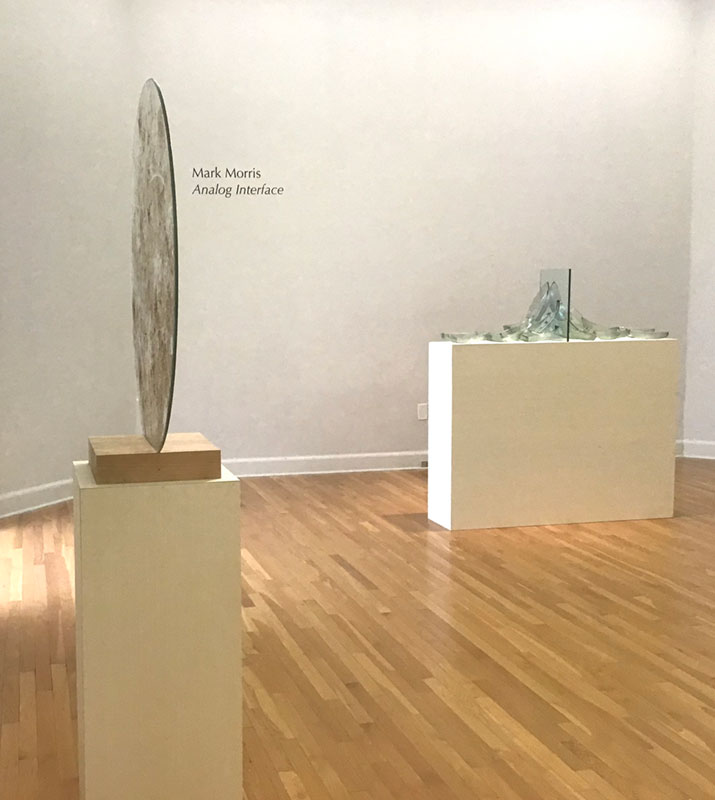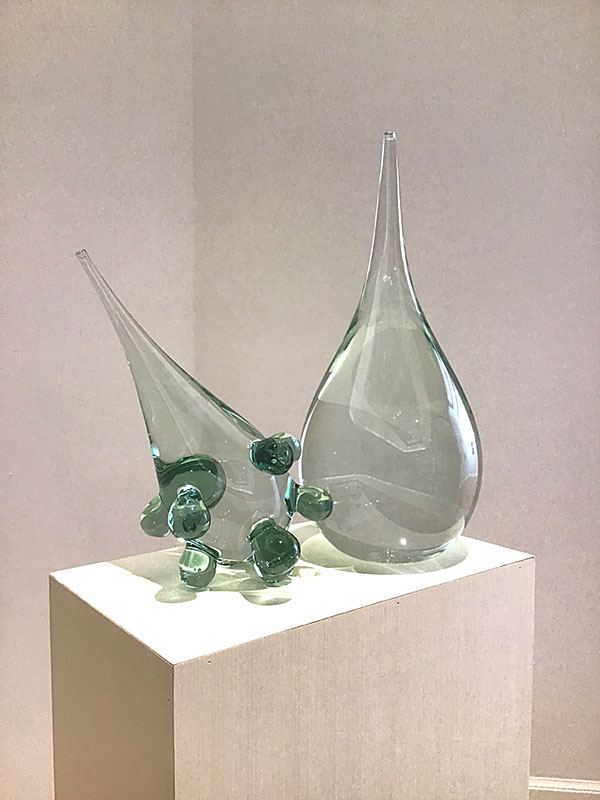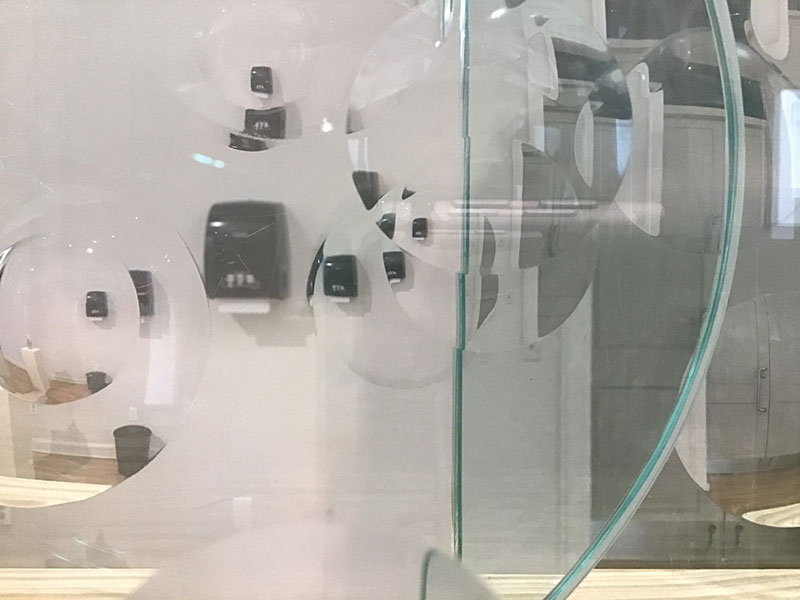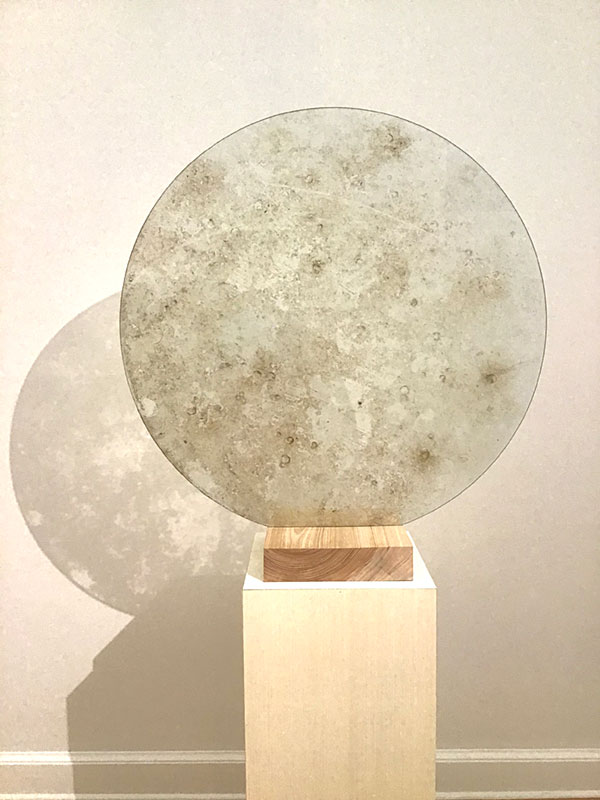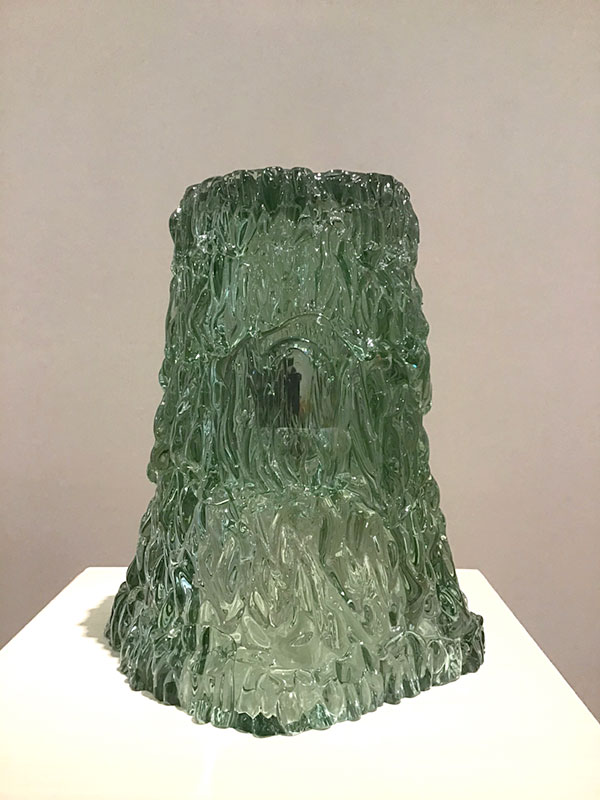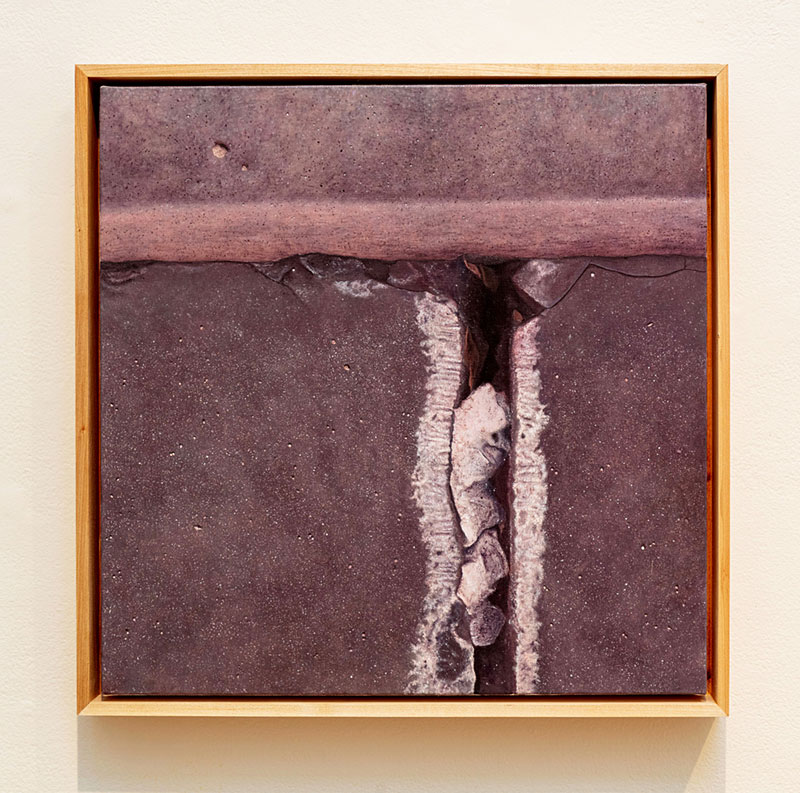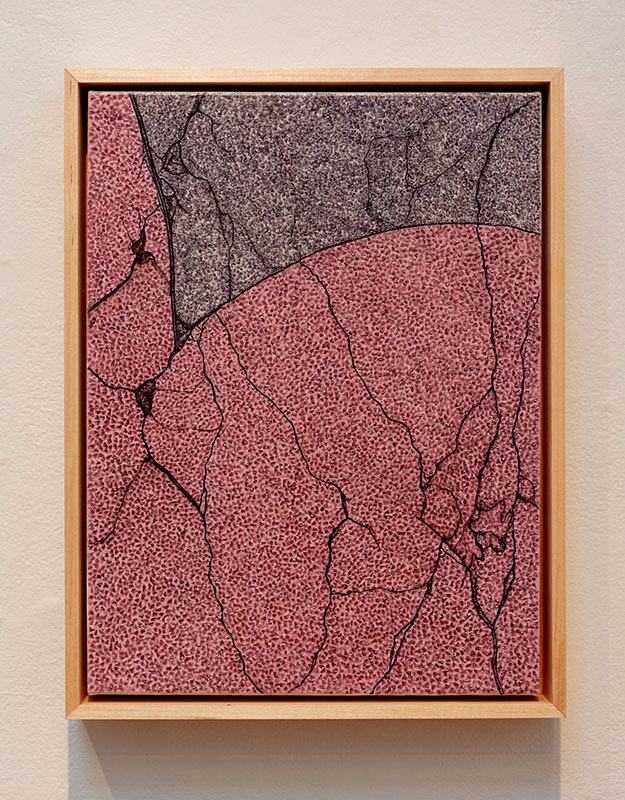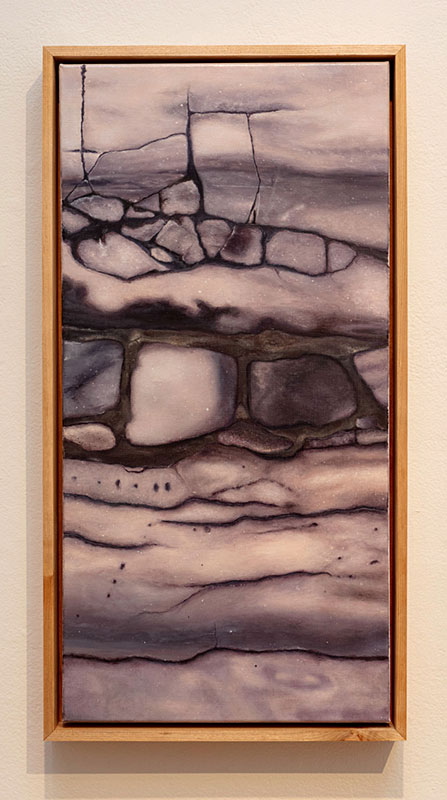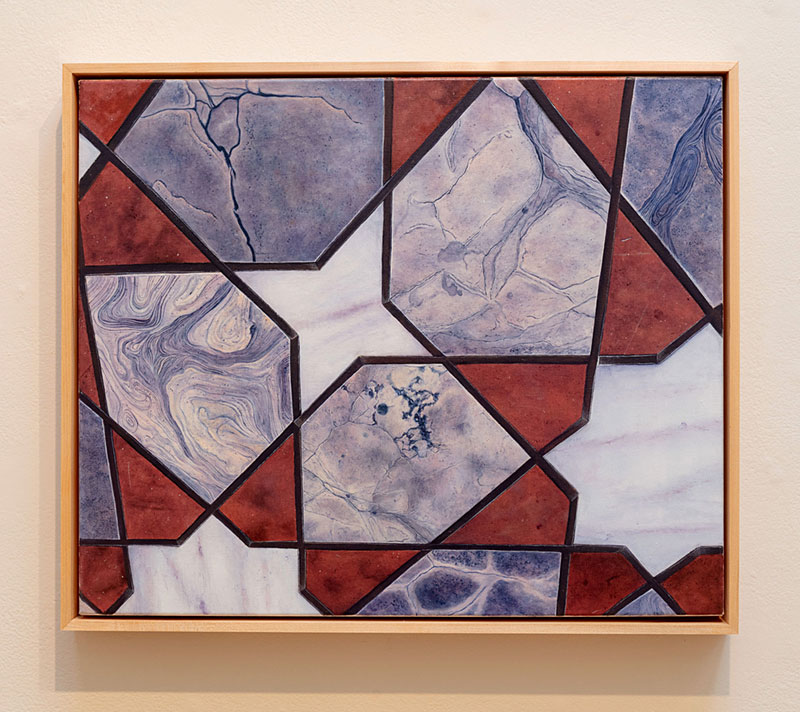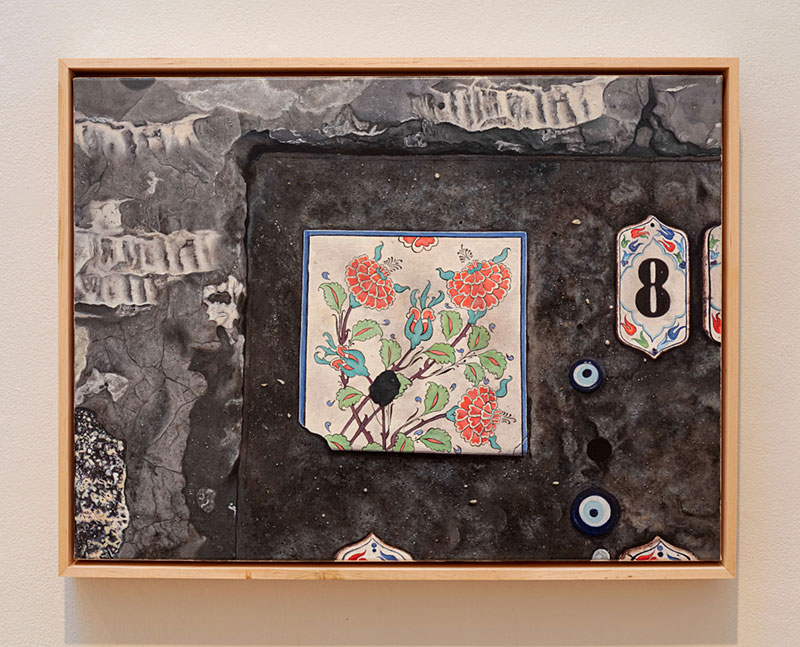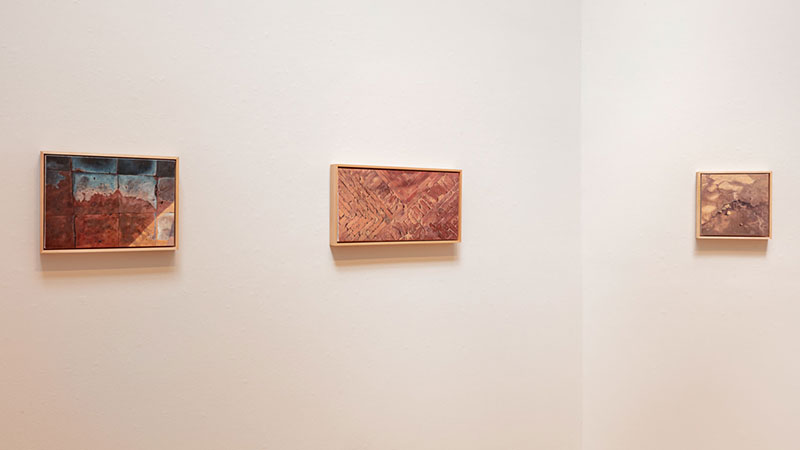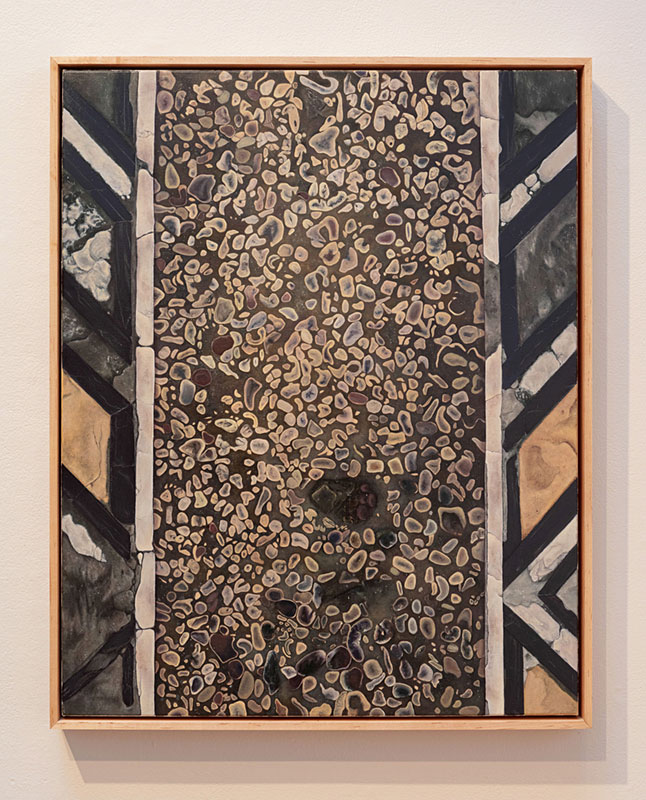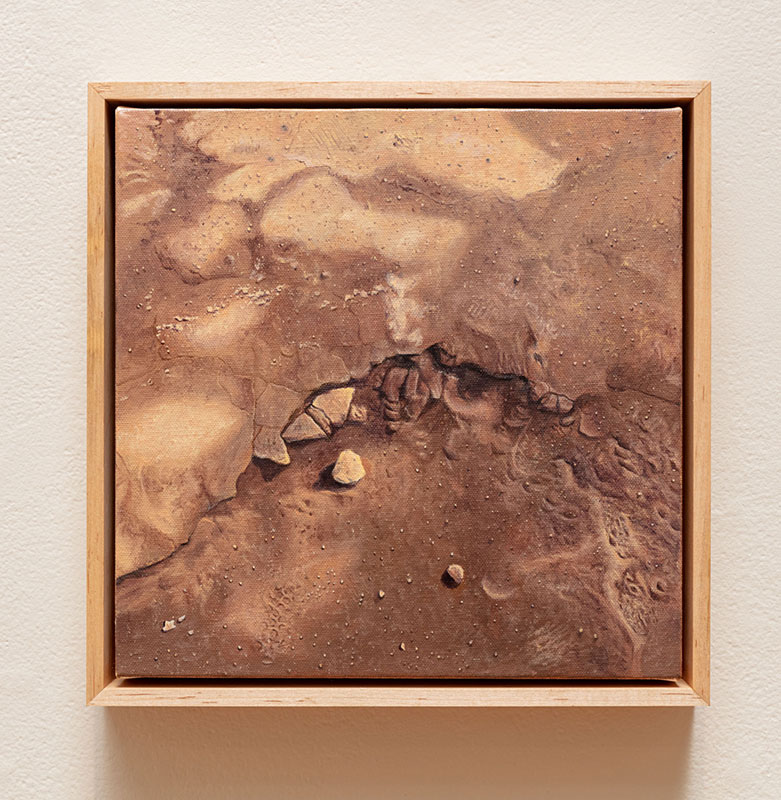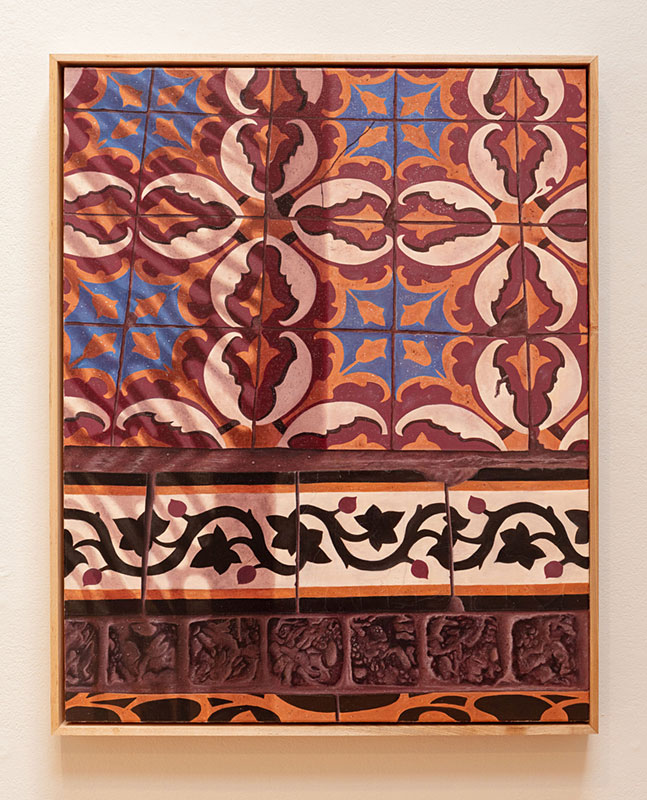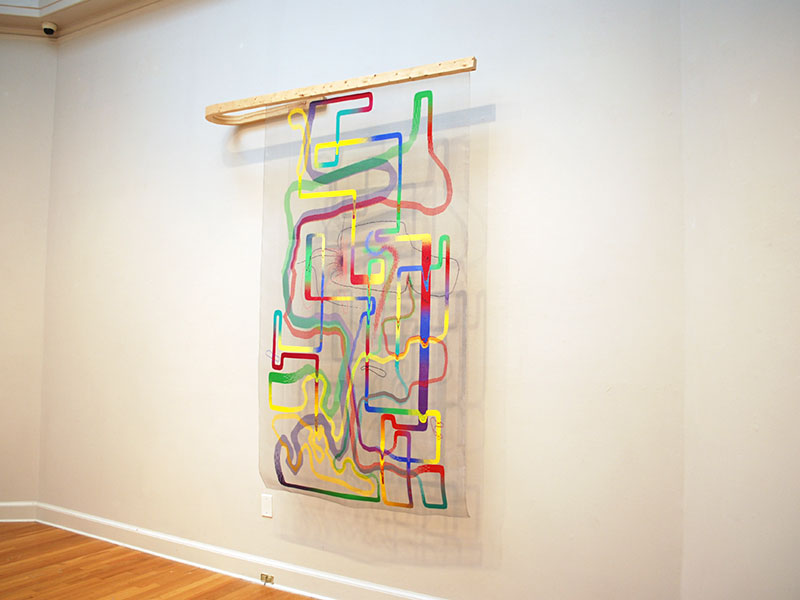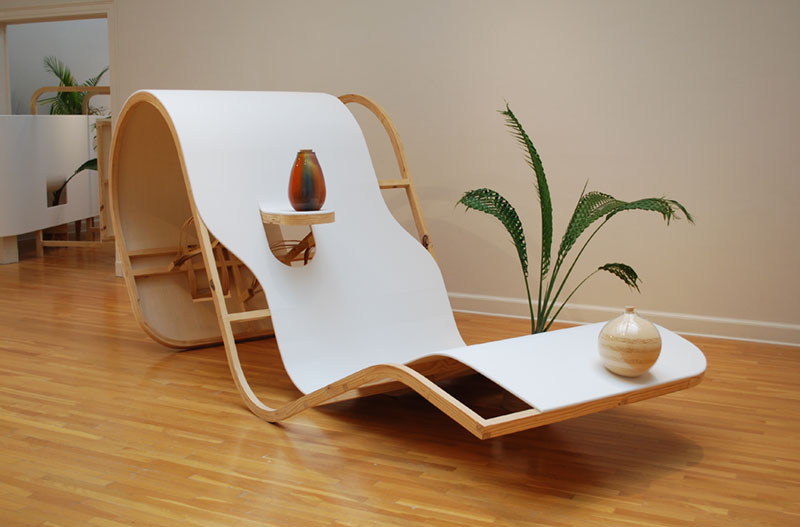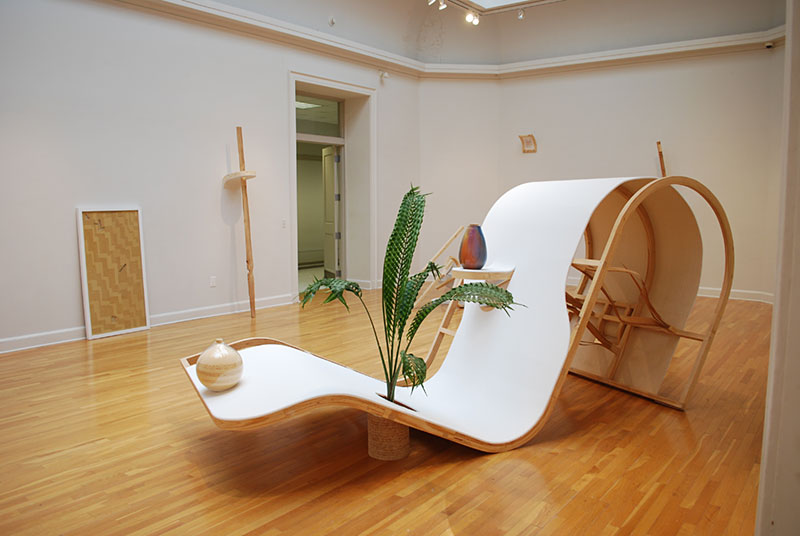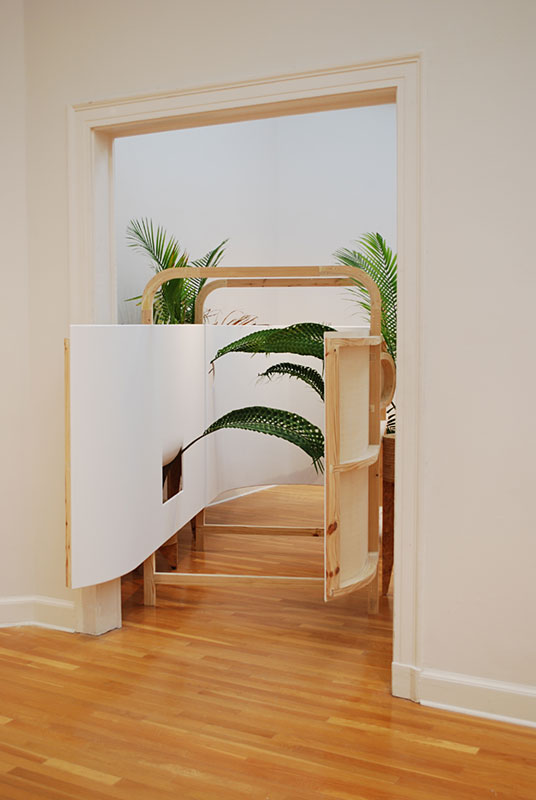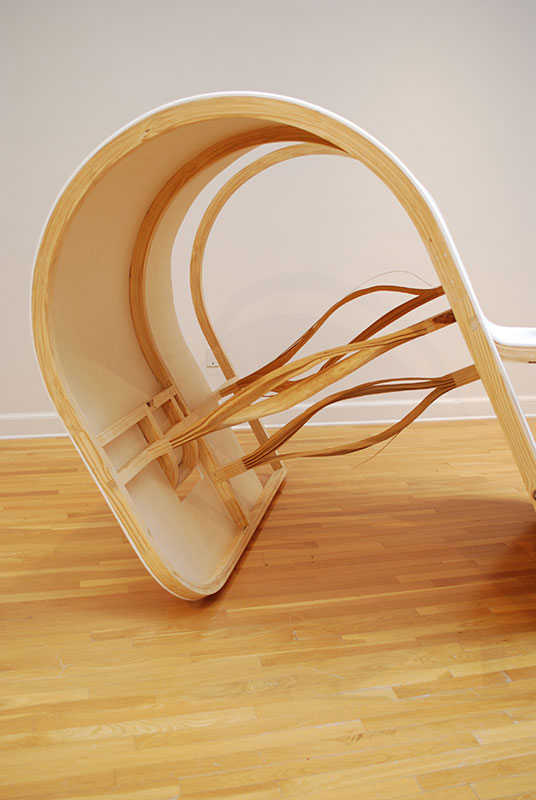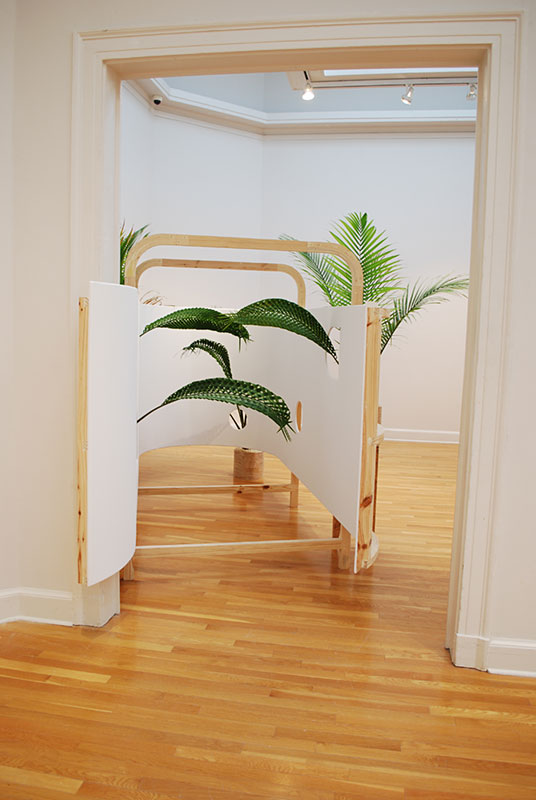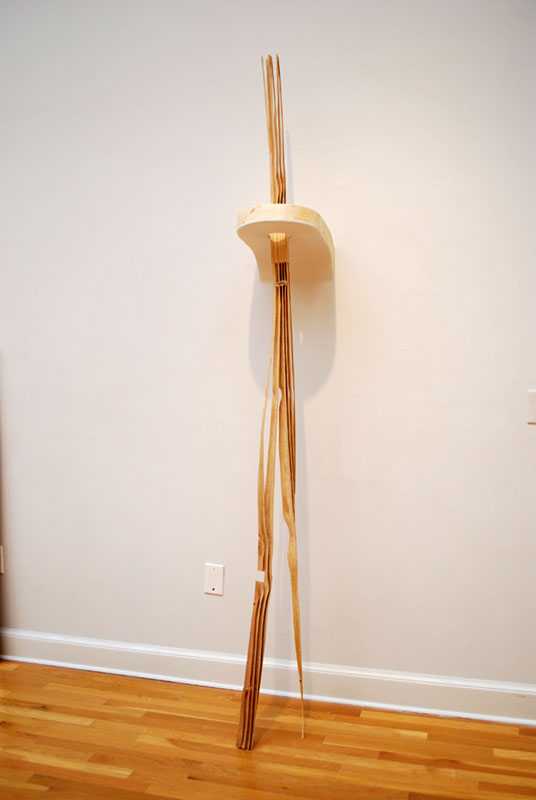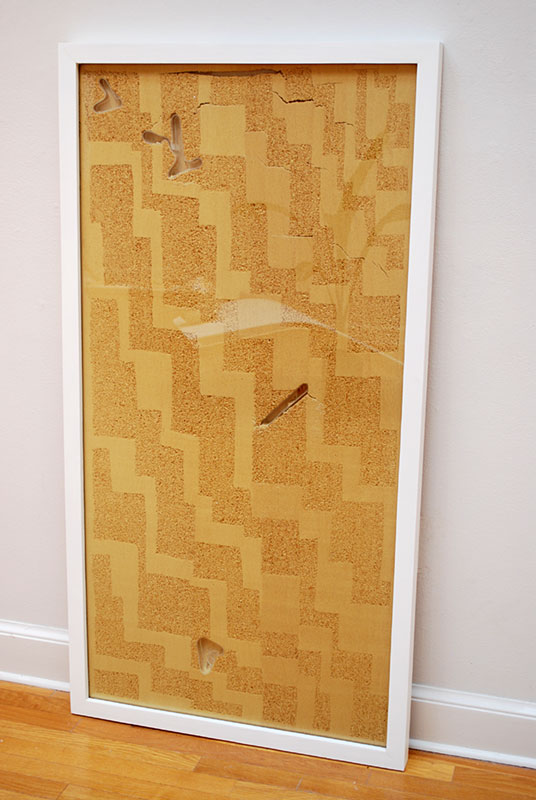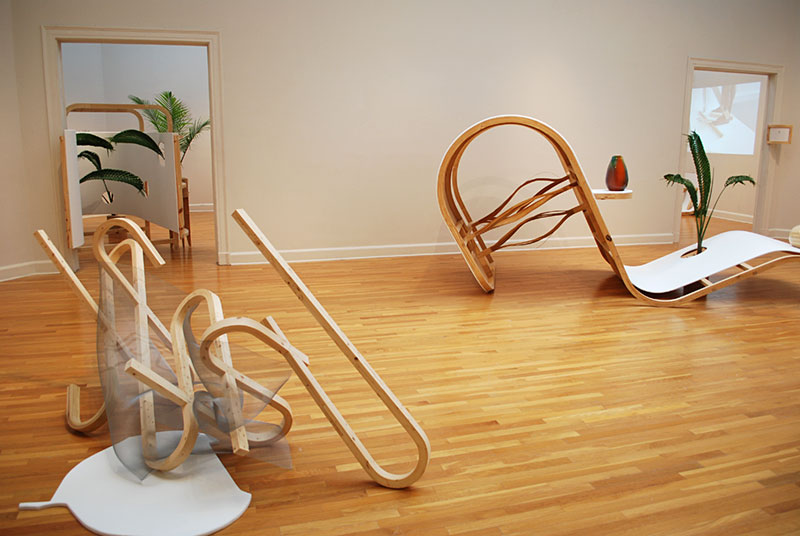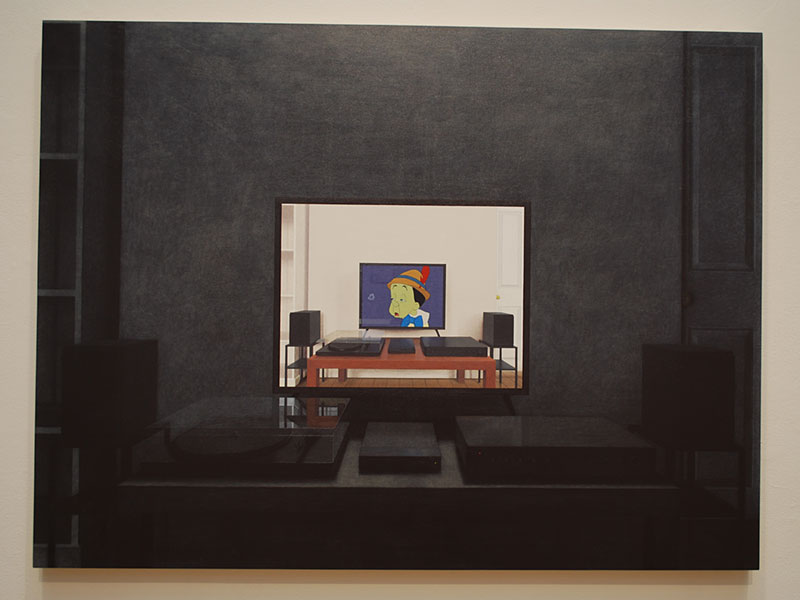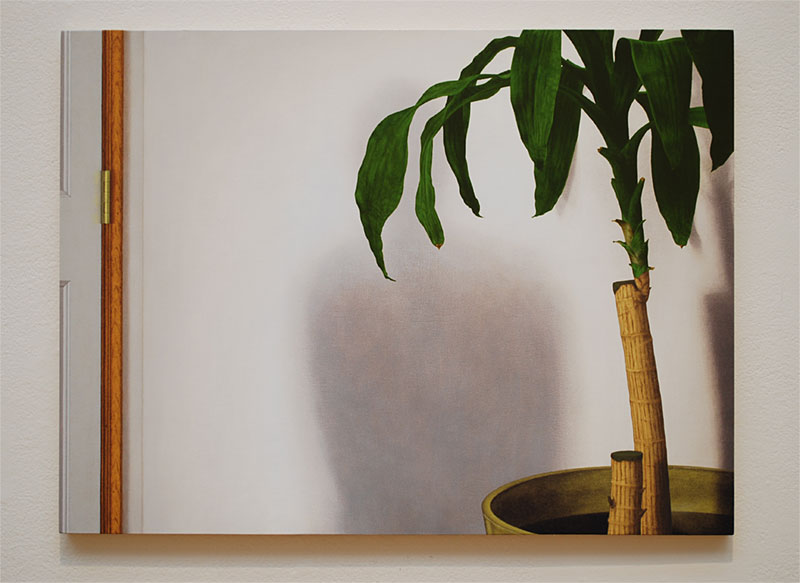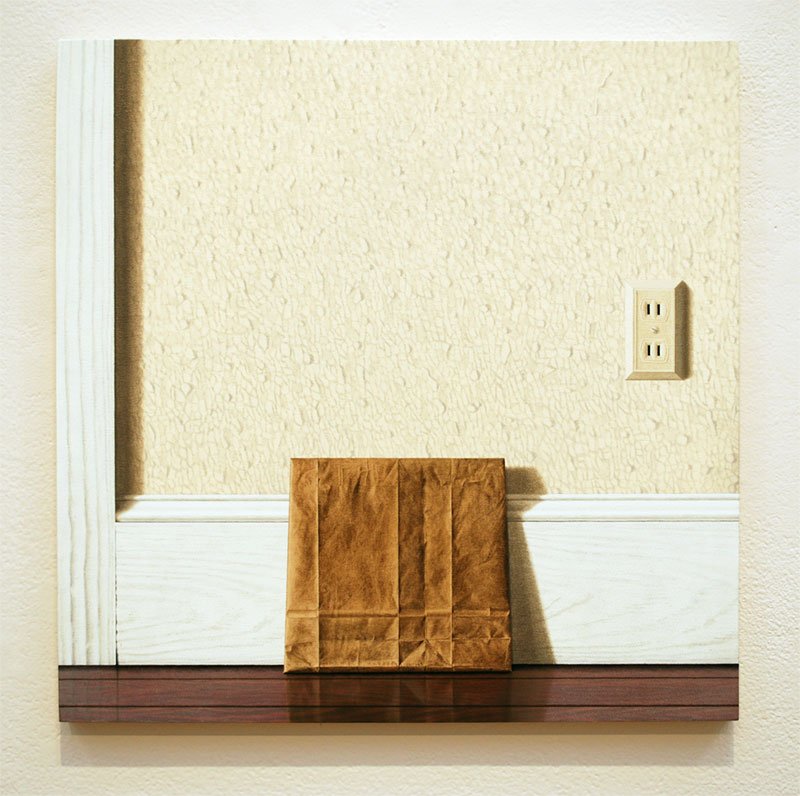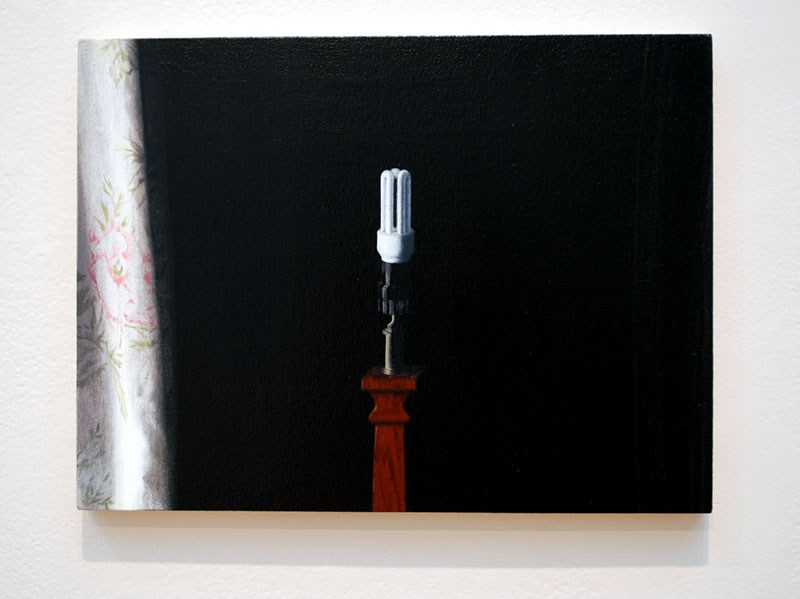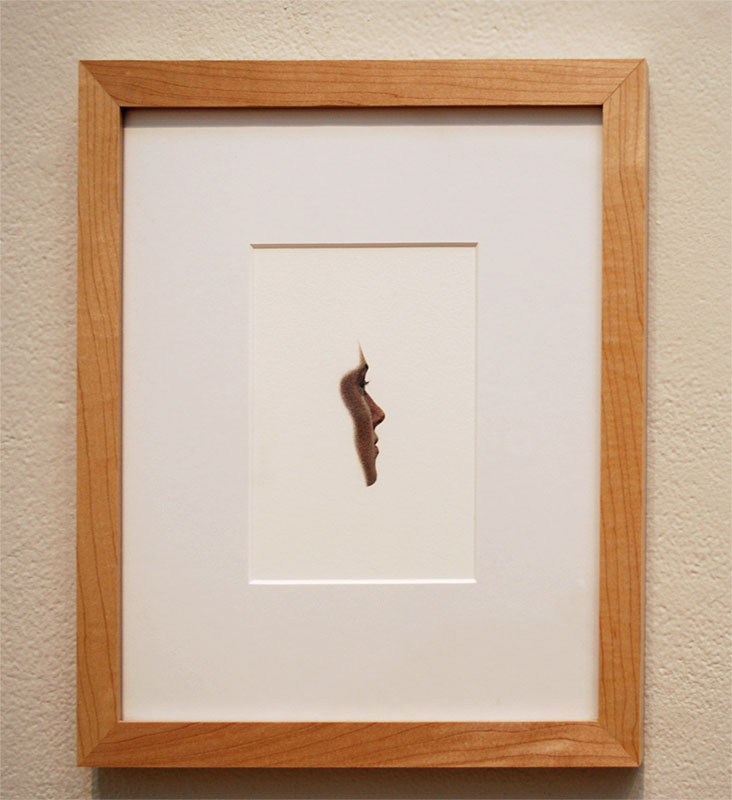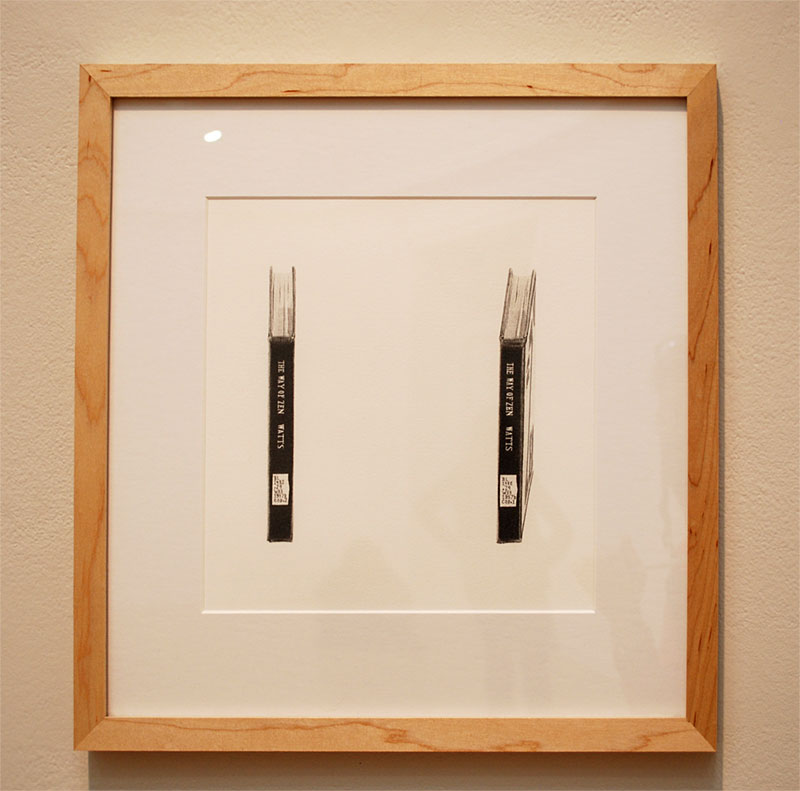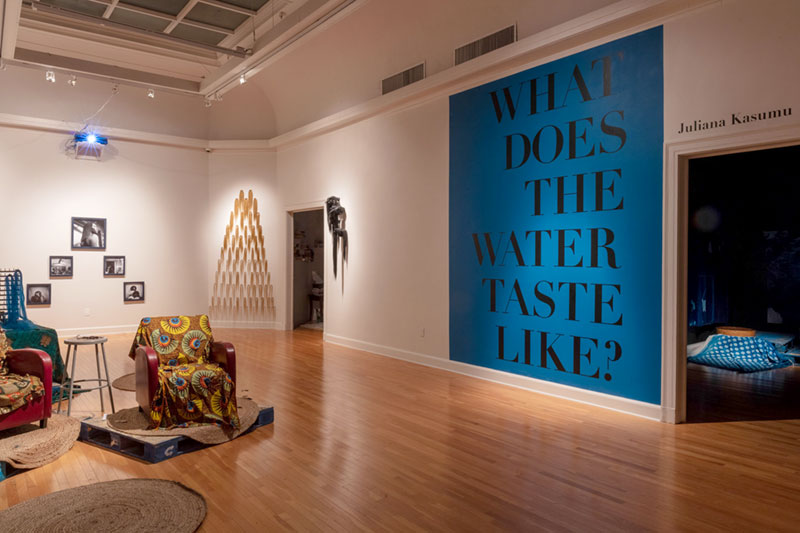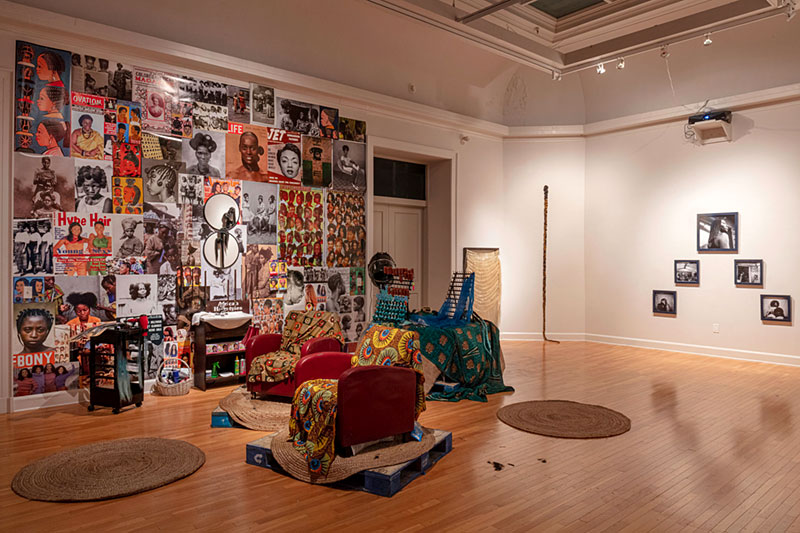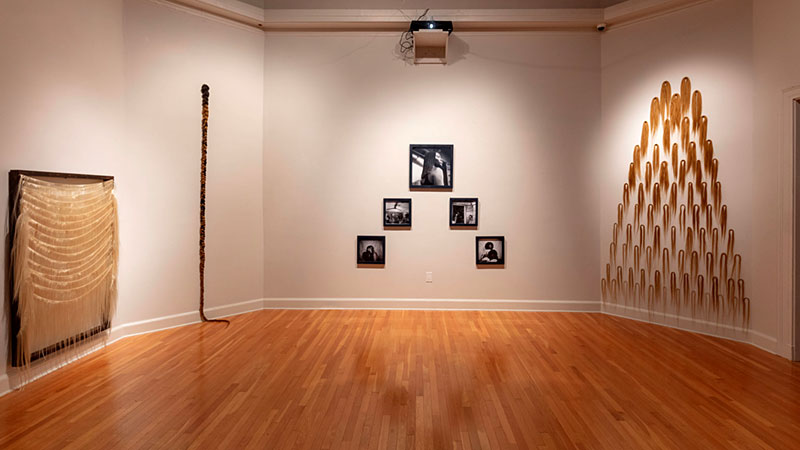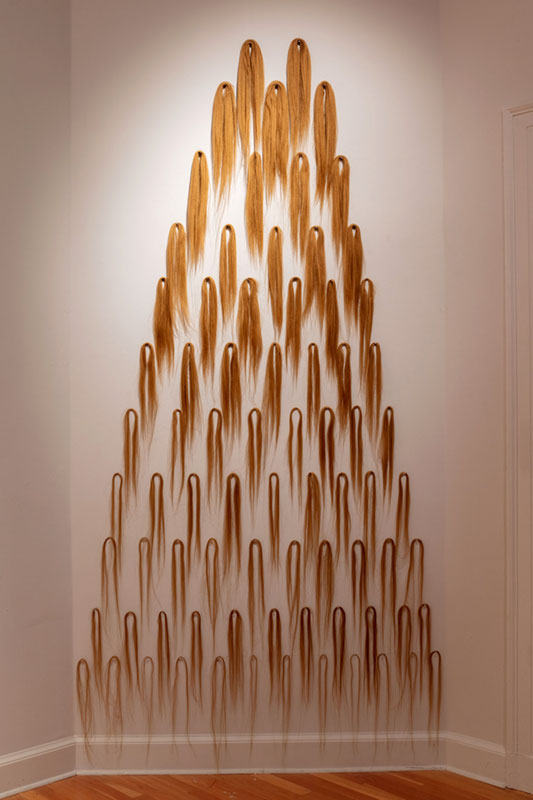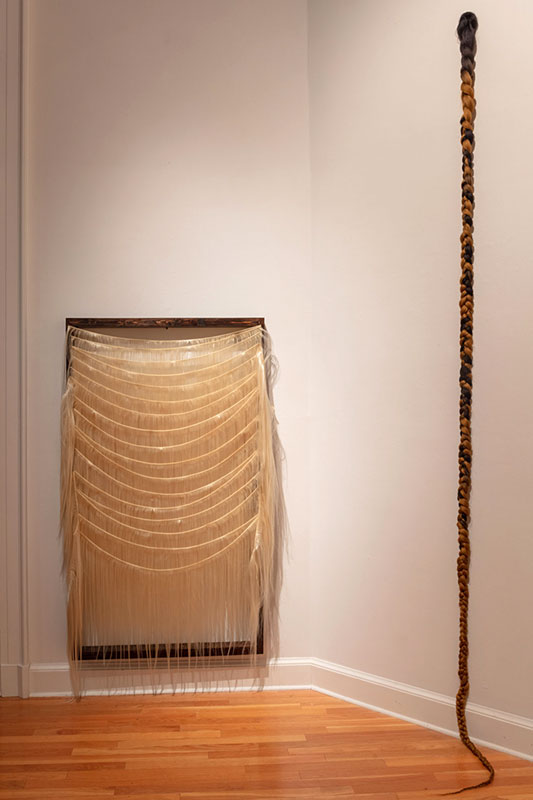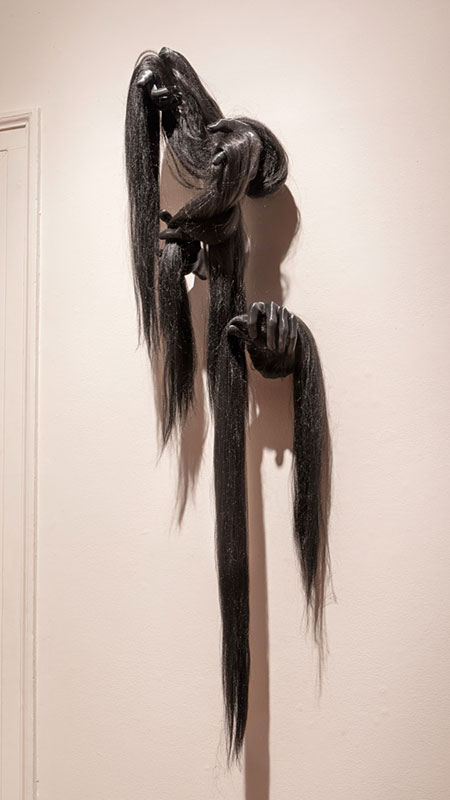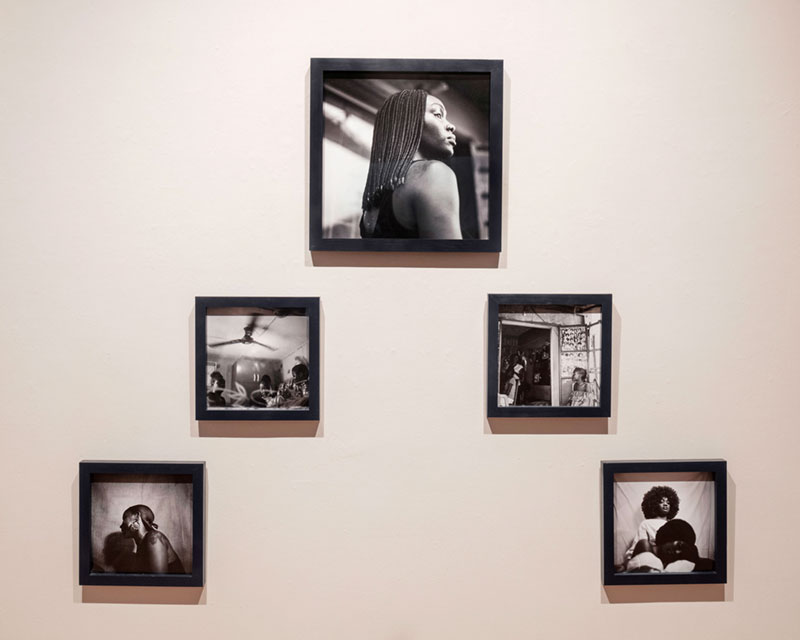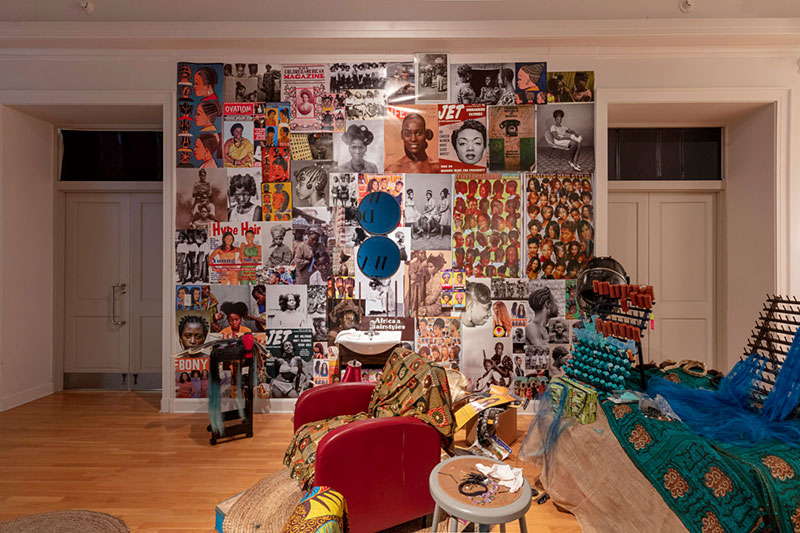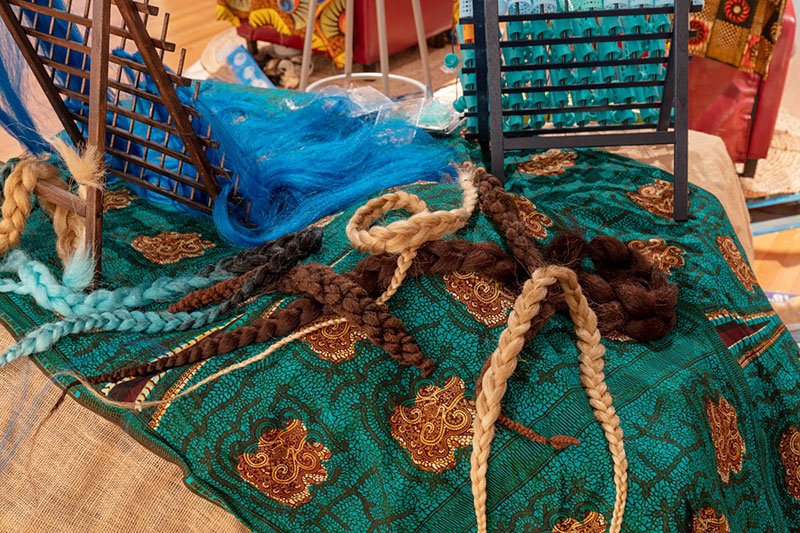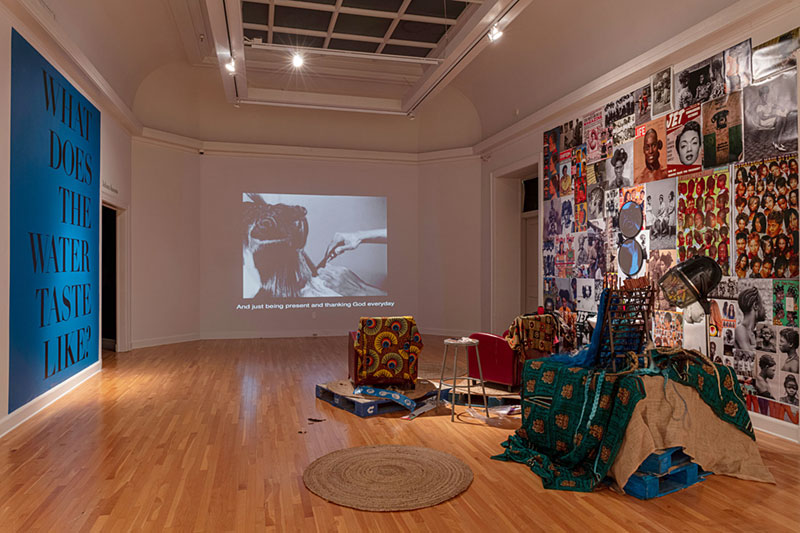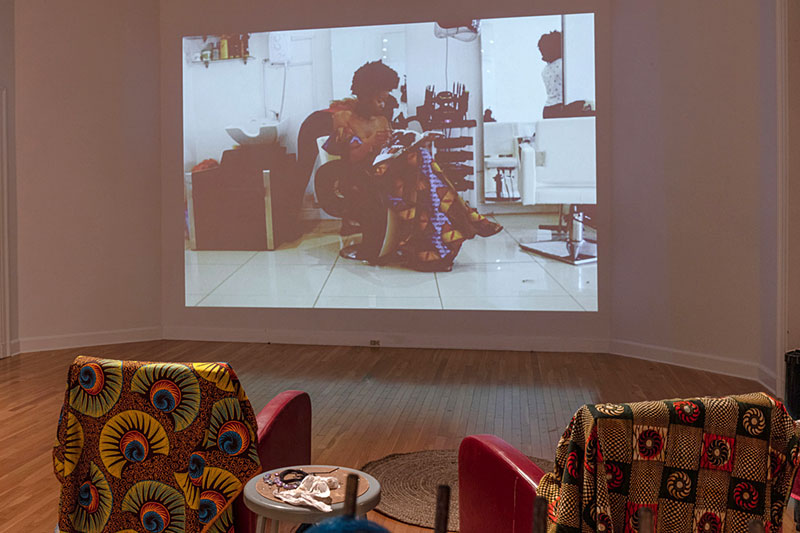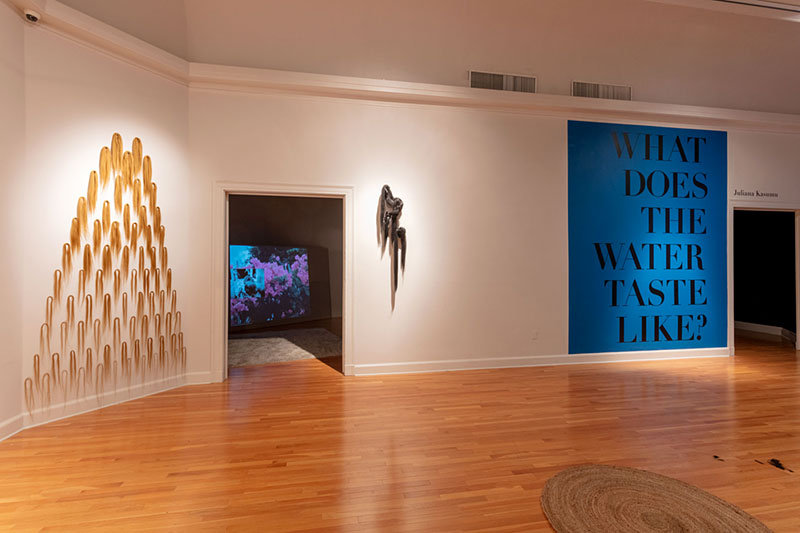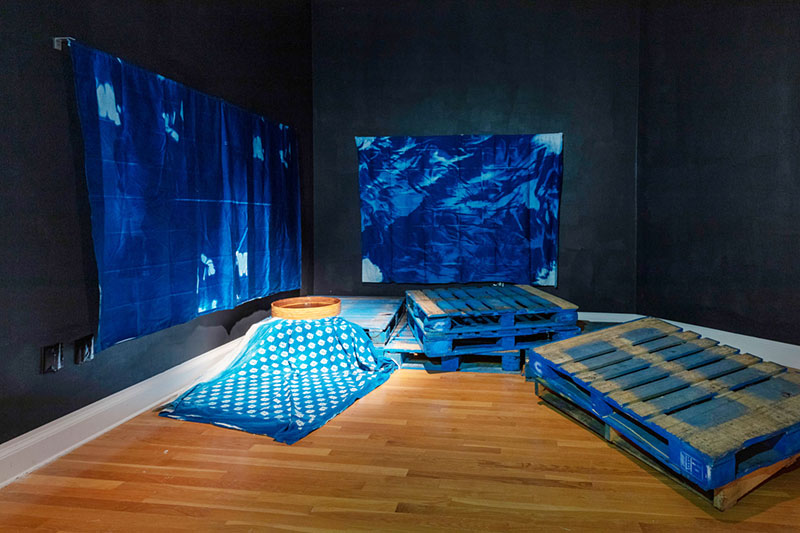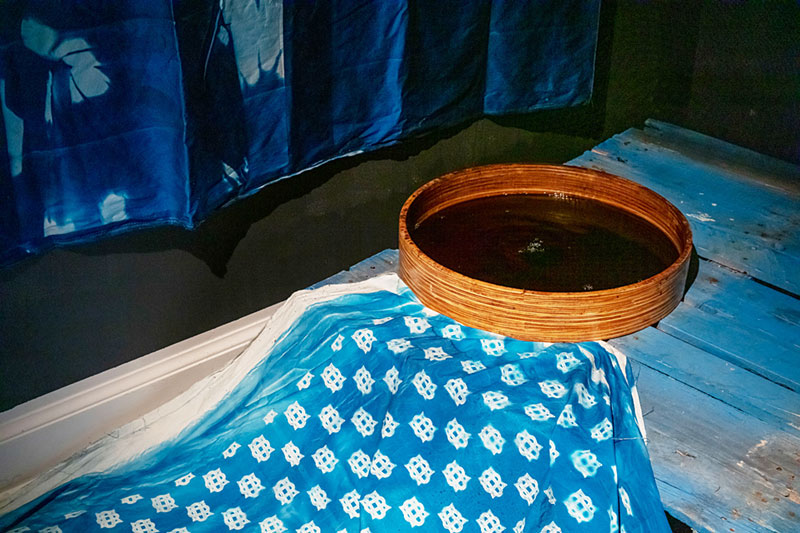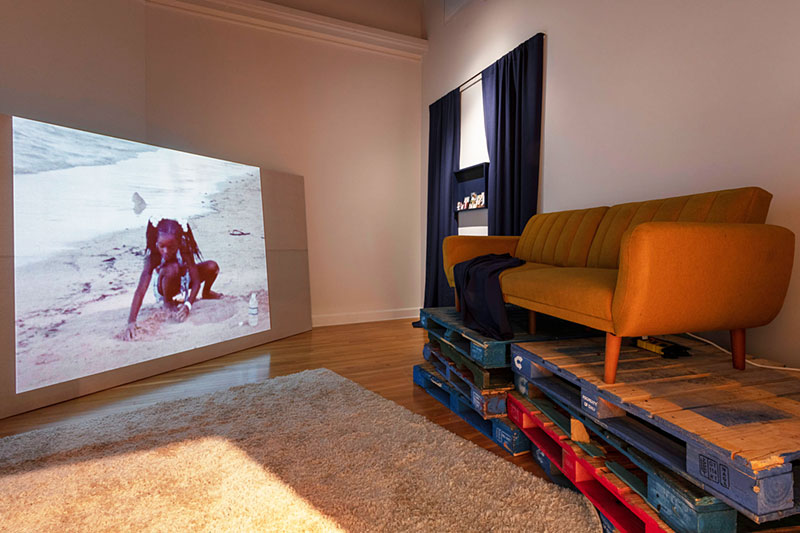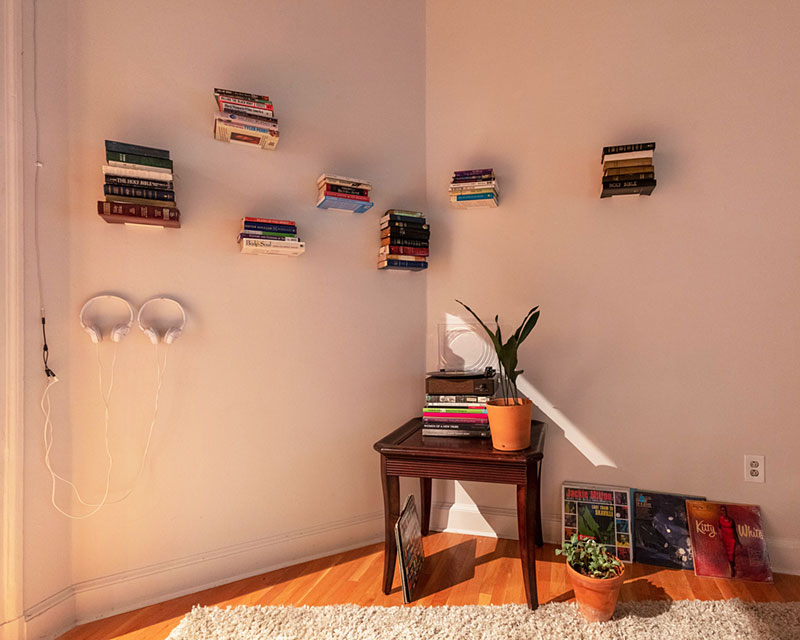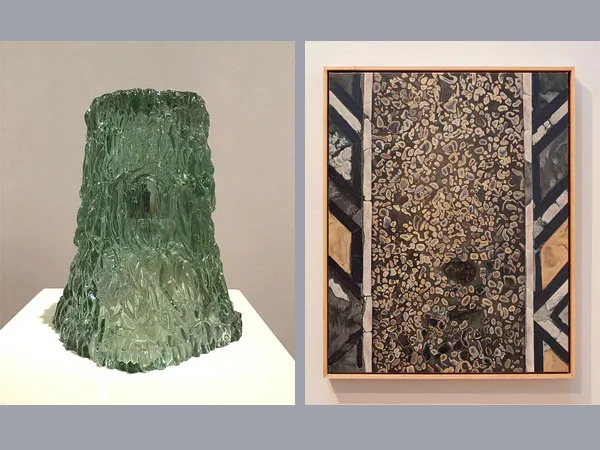
The Master of Fine Arts Thesis Exhibitions are the culmination of the two-year program that leads to the terminal degree in visual arts. Each spring, the MFA candidates display their work in the Carroll Gallery and give an artist’s walkthrough at their opening reception. But this year, the final two artists, Sara Abbas and Mark Morris, were not able to open their exhibition to the public due to social distancing guidelines. Despite those limitations, the artists installed their work completely and defended their thesis exhibitions with their committees by a combination of virtual and in-person attendance by the professors. Additional MFA thesis exhibition participants included Blas Isasi, Jarrod Jackson, and Juliana Kasumu. Congratulations to all the MFA students on their accomplishments!
Mark MorrisAnalog Interface
Mark Morris is currently an MFA candidate in the glass sculpture program at Tulane University. For seven years prior to that, he taught hot glass and ceramics to high school students at YAYA, a non-profit organization in New Orleans that offers free after school programs to inner-city youths. Mark earned his BA in sculpture at the University of New Orleans while working as a teaching artist and glass department manager at YAYA. He has taught glass-making in New Orleans, Tacoma, WA, N.Y. City, Portland, OR and Toyama City, Japan and has been an artist in residence at the Bullseye Glass Factory in Portland, OR. Mark has spent nine summers at Pilchuck Glass School in Stanwood, WA, where he participated as student, teaching assistant and staff member.
Mark Morris Artist Statement
I began the process of creating my MFA thesis exhibition Analog Interface by revisiting some of my personal histories and researching some of the histories of glass. In conjunction with a material investigation into the optical qualities of glass, this research has informed the formal choices, subject matter and content of the work. As a result, Analog Interface is largely comprised of a collection of functional glass objects that offer communicative opportunities to my audience. Through the work, I want viewers to relate to each other in new ways. More broadly, my aim is that the remnants of these encounters will incrementally augment the sense of compassion that’s held within our collective consciousness.
Sara AbbasElsewhere, Within Here
Sara Abbas is a visual artist from Pakistan, currently living in New Orleans, LA. She holds a BSc (Hons) in Economics from the Lahore University of Management Sciences and a Post Graduate Diploma in visual arts from the National College of Art, Lahore. Sara is currently an MFA candidate in Painting at Tulane University.
Sara Abbas Artist Statement
My current body of work deals primarily with the way that I interpret and interact with the idea of place. This inquiry is shaped through personal experiences of travel and a lack of rootedness to a particular geographical location. The work features images taken from five different cities that I have either visited or lived in in the past six months. Treating the surface of the ground as a constant, I establish my perceptions of place through the lens of mobility. Instead of depicting the post-card aspects of the places that I experience, I am drawn more to the representation of features that typically go unnoticed. The ground, with its immensity of detail and aesthetic allure, serves as an appropriate subject matter for that exploration.
While the work is predominantly about place, it also addresses other concerns. The idea of disintegration and decay that alludes to the passage of time is visible in most of the pieces. The brokenness of tiles and asphalt on the ground surface points to the connection between nature and the built environment and the way the two coexist, or the way one may encroach on the other. It is indicative of the essential vulnerability of the built environment. Cultural allusions are also prominent in most of the paintings. These allusions or references to particular cultures that I stumble upon during my explorations represent the individuality and character of a particular place and the diversity of cultural dimensions. The work also speaks about the manipulation of ground at the hands of human beings and the prints that they leave behind on earth. Through the act of construction and of leaving behind traces indicating their presence, people constantly alter the places they inhabit. These records of movements or instances of manipulation allow the viewer to read the ground as a palimpsest of experiences and expressions.
The formal choices I make are also meant to enhance the understanding of the work. The tones, colors, and precise mark making are choices that act in concert with the subject matter. There are areas of the painting where the brushwork is muted and almost invisible and areas where it is swifter and looser. Sometimes, the gesture of the hand is easily discernable, and at other times it is almost imperceptible. The use of multiple glazes allows for an illusion of depth that is impossible to achieve with direct painting. All in all, the rigorous process of executing each painting is indicative of a deep commitment to the ostensibly simple surface of the ground. Some depictions of place are life-size, while others are either enlarged or shrunken. Some surfaces are depicted as perpendicular to the viewer’s line of vision, while others offer a subtle shift in perspective. These variations serve to prevent the emergence of a fixed pattern in the way that the viewer moves from one piece to the next.
At this point in time, the ground holds my interest more than any other visual phenomenon. Gazing at the fractured skin of the Earth heightens my sensitivity to the passage of time and urges me to pay attention to the communicative potential of visuals that usually go unnoticed.
Blas Isasi It's like talking to a wall
Blas Isasi is a Peruvian visual artist. He holds a Bachelor degree with a Major in Painting from the Pontificia Universidad Católica del Perú. He is also an alumnus of the post academic program at the Jan van Eyck Academy in the Netherlands. In 2015 he received the Braunschweig PROJECTS Scholarship granted by the HBK (Brunswick University of the Arts) and the state of Lower Saxony consisting of a one-year residency in Brunswick, Germany. His work has been shown in Peru, Spain, the Netherlands and Germany.
Jarrod Jackson Vacancy
Jarrod Jackson was born in 1987 in Whittier, CA. In 2008, he received his BFA in painting and drawing at the School of the Art Institute of Chicago, where he was awarded the Chairman’s Scholarship. Jarrod has exhibited in various solo and group exhibitions, most recently in Alchemy of the Abstract VIII at Northwind Arts Center, Port Townsend, WA. He is currently a 1st year MFA candidate at Tulane University.
Juliana Kasumu What Does the Water Taste Like?
Juliana Kasumu (b. 1992, London, United Kingdom ) is a British-Nigerian photographic artist based between London, Lagos and New Orleans. Kasumu uses conscious imagery to highlight the interconnectivity between women, culture and fashion. Kasumu is committed to researching and sharing ideas that promote West African culture through photography, community and public programming.
After receiving a bachelor’s degree in Visual Communication from Birmingham City University, Kasumu created an on-going series exploring traditional hair statements within the Yoruba tribe in West Africa. Images from the ‘Irun Kiko’ series have received international acclaim, being awarded the Renaissance Photography Prize 2015 for Best Single Image and making the shortlist for the D&AD Next Photographer Awards. In From Moussor to Tignon, Kasumu further expands on her cultural investigations from behind the lens, drawing direct connection between West Africa and its diaspora, providing viewers the opportunity to engage with images that demystify preconceptions of black women and their bodies; images from the series were featured in the MFON Women Photographers of the African Diaspora publication.
Currently, Kasumu is an MFA candidate in Studio Art at Tulane University (New Orleans), and an Andrew W. Mellon Fellow in community-engaged scholarship. julianakasumu.co.uk


